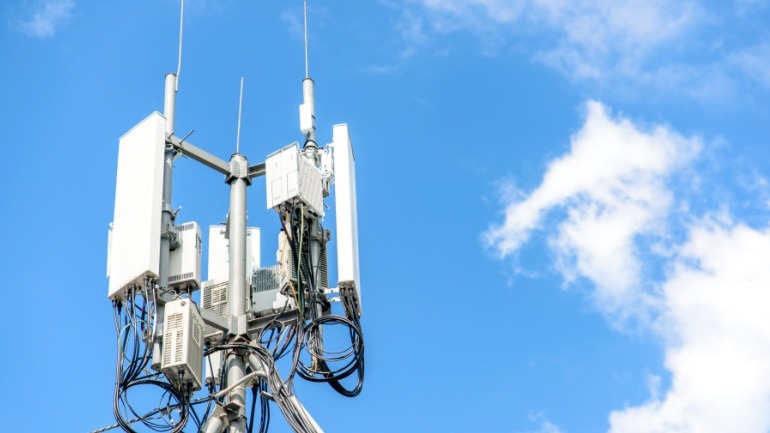As a fresh presence in the US mobile market, Dish is making strides to prove itself with the same tenacity as its more experienced rivals. As evidence of this, the newcomer is not one to shy away from trumpeting about carrier aggregation (CA).
Working in conjunction with Samsung and Qualcomm, Dish announced that it has achieved simultaneous amalgamation of two 5G uplink carriers and four downlink carriers via its FDD spectrum. This achievement sets Dish apart as the first operator globally to accomplish such a feat.
Putting numbers to these advancements, the firm has recorded speeds of 200 Mbps on the uplink via 35 MHz of spectrum. On the flip side, download speed peaked at an impressive 1.3 Gbps using 75 MHz of spectrum. This demonstration utilized Dish’s 600-MHz, 1.7-GHz, and 2.1-GHz spectrum.
Dish conducted its successful demonstration both in a lab setting and in the field. All trials were run on a test device powered by Qualcomm Snapdragon X75 modem, with Samsung providing its 5G vRAN solution. All operations were conducted through Dish’s dual and tri-band radios.
Eben Albertyn, EVP and CTO of Dish, stated, “The Dish 5G Open RAN network now covers over 73% of the US population with 5G broadband coverage… with more markets going live each month.” He continued, “By successfully delivering 5G 2x uplink and 4x downlink carrier aggregation for FDD spectrum, Dish is now poised to deliver a better customer experience across our 5G standalone network.”
This announcement positions Dish in the company of market mainstays like T-Mobile, AT&T, and Verizon, all of which have characterized their presence with similar updates over time. However, the critical differentiating element is that Dish operates a cloud-native, Open RAN-based 5G network.
The significance of this feature lies in the fact that many are skeptical about Open RAN’s ability to match traditional RAN in terms of performance. Admittedly, there’s more to a network than raw throughput. However, tangible progress like Dish’s recent announcement is a positive step toward silencing the skeptics while bolstering the Open RAN movement. With this, Dish keeps demonstrating not only its progress in the telecom industry but also the great potential of Open RAN technology.







